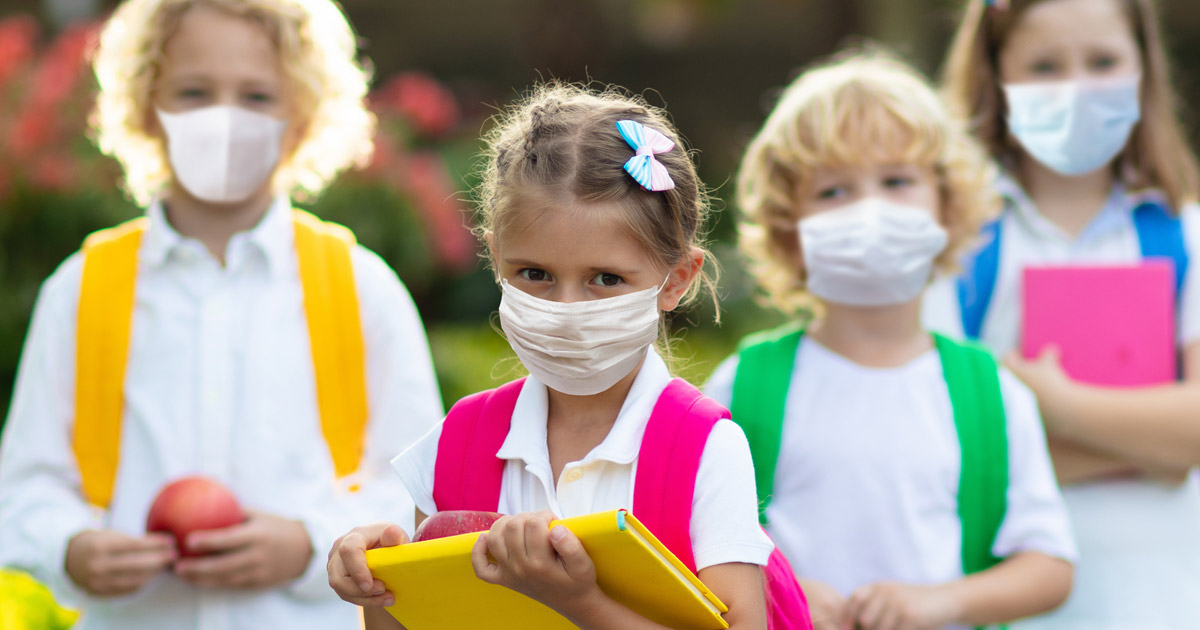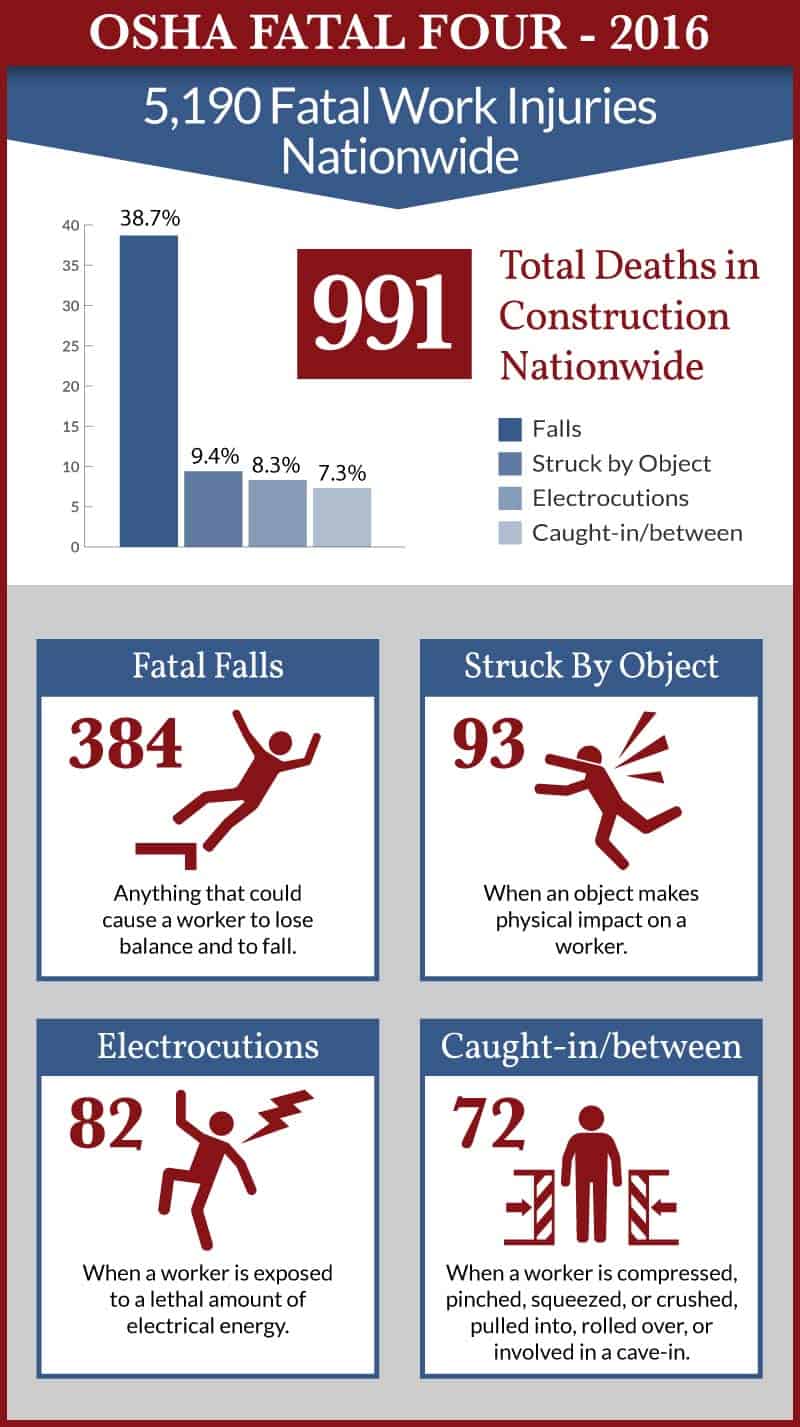How can Children Stay Safe During the Upcoming School Year?

This year, there are new concerns about school safety in light of the COVID-19 pandemic. It is more important than ever to be sure children are aware of the safety precautions to take when getting to and from school, in the classroom, and during after-school activities.
Transportation Accidents
Transportation can be dangerous, so parents should always drive safely in school zones to prevent car accidents and pedestrian accidents. Between 2008 to 2017, 264 school children were killed in transportation-related crashes while driving to and from school or school-related activities. Most of the fatalities did not occur on the bus, most children died either walking to or from school, waiting for the bus, biking, or riding in another vehicle. In fact, according to the National Safety Council (NSC), transportation accidents are the number one cause of fatalities in children between four and seven years old.
Should My Children Walk to School Alone?
Children walking to school risk getting hit by cars. They should not be allowed to walk to school until they have the maturity and knowledge on how to do so safely. This will depend on the child’s age and development, as well as how far the school is from their home and traffic conditions. Children must know and practice basic safety skills, including looking both ways before crossing streets, using the most direct and safest routes, and understanding traffic flow and signals. Before sending children off to school, parents should practice walking with them and make sure that they understand how to maneuver through traffic safely.
If sidewalks and crosswalks are available, children should use them. If there are no sidewalks, they should walk on the side where they can face traffic. It is important that they pay attention to the road and avoid distractions while walking. Children should know not to talk or get in cars with strangers. They should also be encouraged to walk in groups rather than alone, and to tell a parent or teacher if they are approached by a stranger.
How can My Children Safely Ride Their Bikes to School?
Children who opt to ride their bikes to school should always wear safety-approved helmets, ride in the same direction of traffic, and honor traffic signs and signals. They should also use proper hand signals when turning. If they need to carry books, they should be stored in evenly packed backpacks that have thick shoulder straps, and heavier items should be placed on the bottom.
Safety Tips for Drivers
Drivers must always use seat belts, honor traffic signs and signals, drive within the speed limit, and avoid distractions, such as cellphone use. Drivers near school buses should leave more following distance than usual to allow time to stop when yellow lights signal to slow down. Drivers should never pass school buses that are stopped to pick up or drop off children.
When dropping off children at school, parents should make sure to follow procedures set up by the school. Most schools have designated drop off sites. Avoid double-parking as it blocks visibility. Consider car-pooling to reduce the number of vehicles trying to maneuver in limited areas. Drivers must pay special attention to children riding their bicycles to and from school. If passing a bicyclist, a driver should proceed slowly and leave a few feet of space between the vehicle and the rider.
Many accidents occur at intersections. Drivers turning right with bicyclists approaching from behind should let riders through intersections first. A driver who is turning left with a bicyclist approaching from the opposite direction should allow them to pass. Beware of bicyclists emerging from driveways. Also, check side view mirrors before opening the car door.
What Precautions Should Student Drivers Follow?
It is crucial for parents to model good behavior when driving. Children who witness safe and responsible driving behavior will have a distinct advantage as student drivers. Distracted driving is a big concern; a parent or student may believe they are skilled enough to use a cellphone while driving safely, but this is not true.
It is important for parents and student drivers to set mutually agreed upon expectations for safe driving. The NSC has developed a New Driver Deal, which identifies commitments agreed between parents and their student drivers to increase awareness and set expectations.
What are Important COVID-19 Safety Precautions?
Parents are now faced with additional safety concerns due to the continuing presence of the COVID-19 pandemic. A great deal of work needs to be done to minimize the risk of transmission. The American Academy of Pediatrics have identified protocols to minimize risk, including the following:
- Frequently cleaning and disinfecting high-touch surfaces.
- Hand washing.
- Reducing numbers of students and staff in a classroom.
- Placing desks at least six feet apart.
- Eating lunch at individual desks and not in indoor cafeterias.
- Maximizing use of outdoor spaces wherever possible.
- Requiring the use of face coverings for all adults and students.
- Remaining flexible to enable virtual learning environments if the virus surges.
Will Schools Reopen in Pennsylvania?
The risk of transmission of the virus depends on infection in the community. In Pennsylvania, the state has proposed a phased approach to reopening schools that is based on incidence rate and percent positivity. The incidence rate is how many people per 100,000 have tested positive for the virus. The percent positivity consists of those with positive COVID-19 results. This data provides insight as to whether the virus is spreading, and is maintained, published, and updated by the Pennsylvania Department of Health and reported by county.
Based on recommendations by the Centers for Disease Control and Prevention (CDC), Pennsylvania has established a phased approach to reopening that is based on the level of risk. The three phases include:
- Red: Aimed at stopping community spread and stay-at-home orders are in place. Schools are closed, classes are only held virtually, and student services, such as meal programs, continue.
- Yellow: Aimed at maintaining mitigation efforts by continuing social distancing measures while working to monitor, reduce, and prevent transmission. Schools are allowed to open if they have a Safety and Health Plan (SHP) approved by their governing body and a pandemic coordinator. The SHP must include cleaning protocols, restrictions on cafeteria use and other congregate settings, and guidelines for use of face coverings, quarantines, and more.
- Green: Aimed at continuing to suppress spread while further easing social distancing restrictions as appropriate. Schools are allowed to open provided they have an SHP and a pandemic coordinator.
Back to school always brings challenges. Parents need to be vigilant and prepare their children for a safe and productive school year. If parents have concerns about safety protocols or their children are injured, contact a knowledgeable accident lawyer right away.
Bucks County Accident Lawyers at Freedman & Lorry, P.C. Advocate for the Safety of Children During the Pandemic
Today, parents are more concerned than ever about their children going back to school. If your child was injured in a school-related accident, contact one of our Bucks County accident lawyers at Freedman & Lorry, P.C. For a free consultation, contact us online or call us at 888-999-1962. Located in Philadelphia, Cherry Hill, New Jersey, and Pinehurst, North Carolina, we serve clients throughout Pennsylvania.
